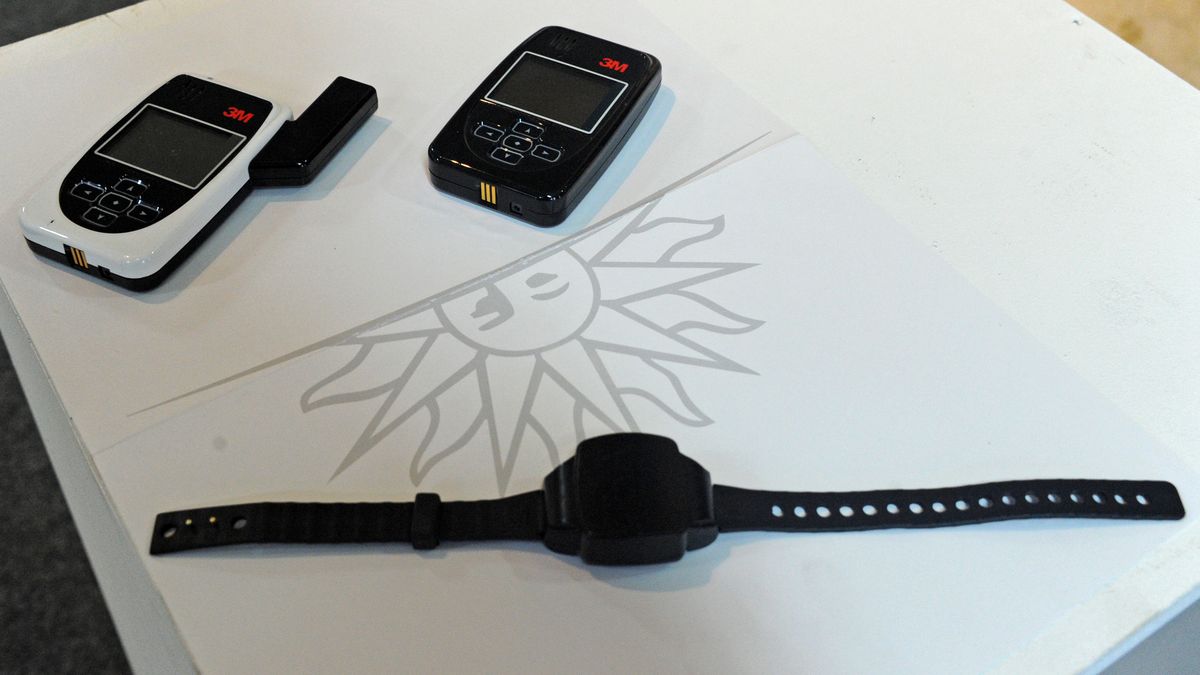He Ministry of Interior asked the Justice of Uruguay than electronic anklets in cases of gender violence are used rationally. The request arises from the “exponential growth” of awards in recent months, according to the undersecretary of the portfolio, Pablo Abdala.
The unsafety remains one of the main problems and concerns in Uruguay. Within the multiplicity of crimes that are committed, that of gender violence —with femicide as the culmination point of that violence—is particularly worrying.
The Undersecretary of the Interior referred to this, Pablo Abdala, although from a very specific issue: the electronic anklets that are attributed to the perpetrators. “We were concerned about the exponential growth that the use of anklets has had in recent months. In the last quarter, the growth was 400 awards,” the leader explained in a press conference about the order made to the Supreme Court of Justicewhich led to a note to the judges.
“These figures hide a management of the anklets that is not efficient. They are assigned in cases of gender violence and that they continue to be assigned has in several cases a dubious justification,” Abdala considered, adding that in some cases, the aggressor even left the country or had extended use for up to two years.
“We are not responding well to cases of gender violence“That’s why the note and the request to the Supreme Court of Justice,” he said, clarifying that the request is not to reduce the allocation of anklets, but to do so in an “efficient” manner to serve “those who really need them.”
“Because as they are misused, There are victims who require them and do not have them. This means that police officers are assigned to the direct protection of the victim, at a rate of six police officers per case, two per shift,” Abdala explained.
In that sense, the undersecretary pointed out that the investment In 2023 it was 200 million pesos, and they went from 1,200 to 1,900 anklets.
“There is no proper follow-up to know if an ankle bracelet should be released for another case that requires it,” said Abdala, regarding this, and gave as an example the existence of more than 50 cases in which they have been awarded for more than two years. the anklets. In this regard, the protocols establish a maximum period of six months, because if the situation of violence persists beyond this time, “other measures must be taken.”
“We have to improve the articulation between the powers of the State. It’s not about blaming. “That the devices are awarded well, in a timely manner,” she concluded.
More or less anklets?
The issue of electronic anklets had also been put on the table during the repercussion of the femicide of Valentina Cancela. At that time, the then Minister of the Interior Luis Alberto Heberhad questioned the Justice for a reason completely contrary to what Abdala referred to: the non-use of this type of tools despite their availability.
His statements were in response to criticism about the prevention measures that could have been taken, to which he stressed that from the portfolio they are assistants of Justice. “We cannot put the anklet on because we want to and we cannot give it custody without judicial action,” she explained.
“We prefer and understand that the technology It has to help us, because having two police officers in front of a house and sometimes for a long time and we have to provide a cell phone, not only do we have two police officers, but we also do not have a cell phone that can patrol, as a result of guarding the victim. “, Heber said, adding that “anklets are superfluous in the Ministry.”
This was in August last year when, according to data provided by the former minister, there were 1,700 ankle bracelets, of which 1,566 were active, so 134 were available. “For us it is a great tool to not distract personnel that we need guarding the streets and patrolling. That is not being able to use personnel logistically,” he said.
Source: Ambito




